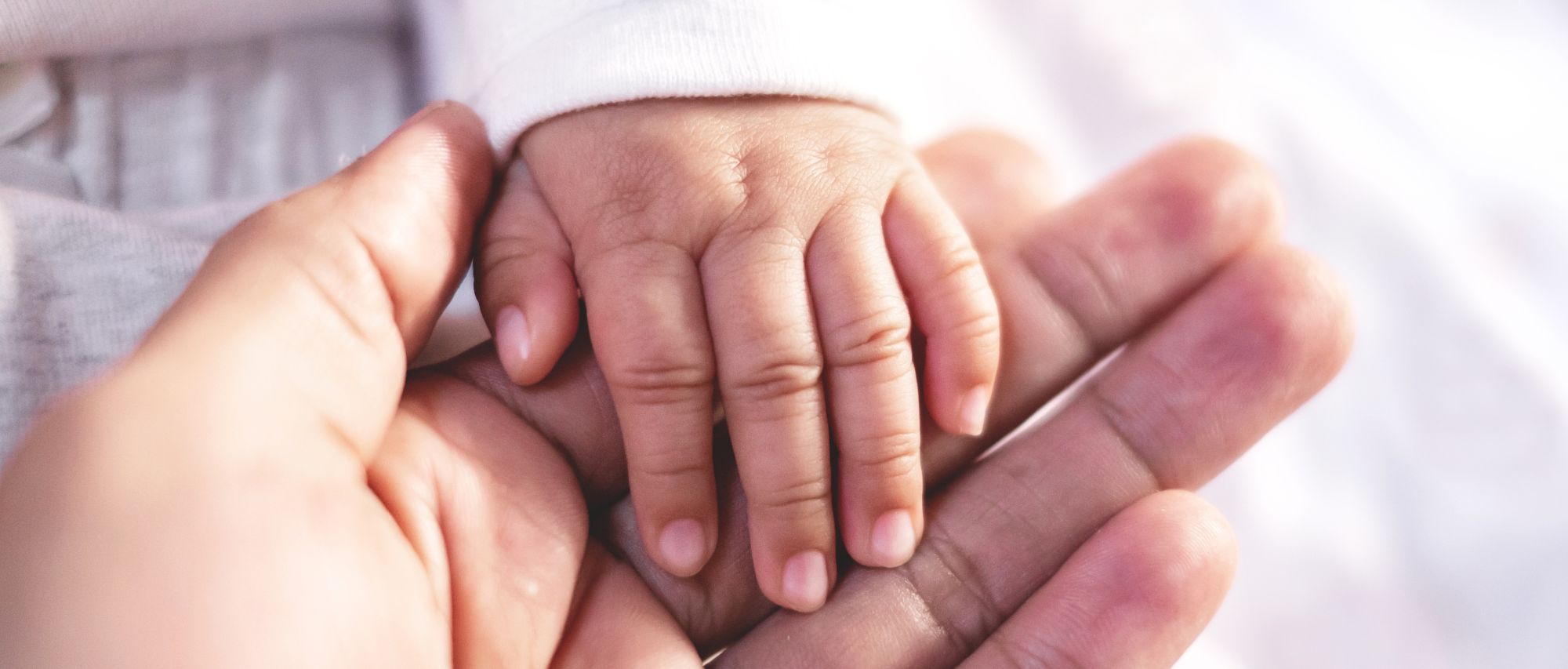From April 6th, taxpayers with eligible children earning less than £80,000 per annum will keep more of their Child Benefit payments.
With the High Income Child Benefit Charge (HICBC) threshold adjusted from £50,000 to £60,000 and the cap increased from £60,000 to £80,000, the government expects that half a million families will now be better off by an average of £1,260 a year, while 170,000 families will be removed from the tax completely.
What’s changed?
Previously, if you or your partner earned over £50,000, you would have been subject to the High Income Child Benefit Charge. However, from April 6th, the threshold has increased to £60,000.
The change means that if you (or your partner) earn more than £60,000 a year but less than £80,000, you will still receive the full Child Benefit, but you will have to pay some of it back. This is known as the ‘high-income Child Benefit tax charge’.
You can now opt back in if you previously opted out of receiving payments to avoid the high-income charge. However, to ensure you receive the maximum amount, you should opt back in by 5 July 2024.
Understanding the high-income Child Benefit tax charge
If your income exceeds £60,000, you will have to pay a tax charge on your child benefit.
The charge is tapered, meaning it increases gradually with income. For every £200 over the threshold, you must pay back 1% of the child benefit received. Once your income hits £80,000, the charge equals the entire child benefit payment.
For example, if you earn £70,000 a year, you’ll pay back 50% of your Child Benefit (meaning you’ll get over £600 a year if you have one child).
What this means to families
The Child Benefit charge was introduced in January 2013. Since then, the threshold has not increased with inflation, so more families have been drawn into paying the charge.
According to government statistics, over 373,000 people paid the charge within the 2019-20 tax year. As of August 2022, more than 680,000 families opted out of receiving child benefit to avoid the penalty.
Paul Cutter, Director at Cutter & Co, said, “This is a very welcome change by the Government that will really help families, especially those on single incomes.
“The increased threshold means we should see an increase in families opting back into the scheme or at least checking to see if they can receive more support.”
What to do now
Changes to the High Income Child Benefit Charge apply from the 2024-25 tax year onwards.
If you opted out of receiving child benefit to avoid the charge, for example, because you were earning £60,000-plus, you may want to consider restarting your child benefit payments. You can use the Child Benefit tax calculator to get an estimate of your adjusted net income.
It is important to note that you can only claim back three months of Child Benefits; therefore, to ensure you receive the maximum amount this tax year, you should opt back in by 5 July 2024.
More information about the High Income Child Benefit Charge can be found on the government website.
Potential upcoming changes
Under the current scheme, two parents, each earning £60,000 – a total of £120,000 – get their full child benefit, but a single-parent household earning more than £60,000 loses some or all of it.
The government acknowledged that the current scheme is “not fair” and plans to move to a household income system rather than individual incomes by April 2026.
In the meantime, it is increasing the threshold at which the HICBC kicks in to £60,000 from 6 April (2024-25 tax year).
Useful links
Here are some useful links related to Child Benefits and the High Income Child Benefit Charge (HICBC).
- Government website for Child Benefit
- Government website for High Income Child Benefit Charge
- Child Benefit tax calculator
- Restart your Child Benefit payments
- Opt out of Child Benefit payments


